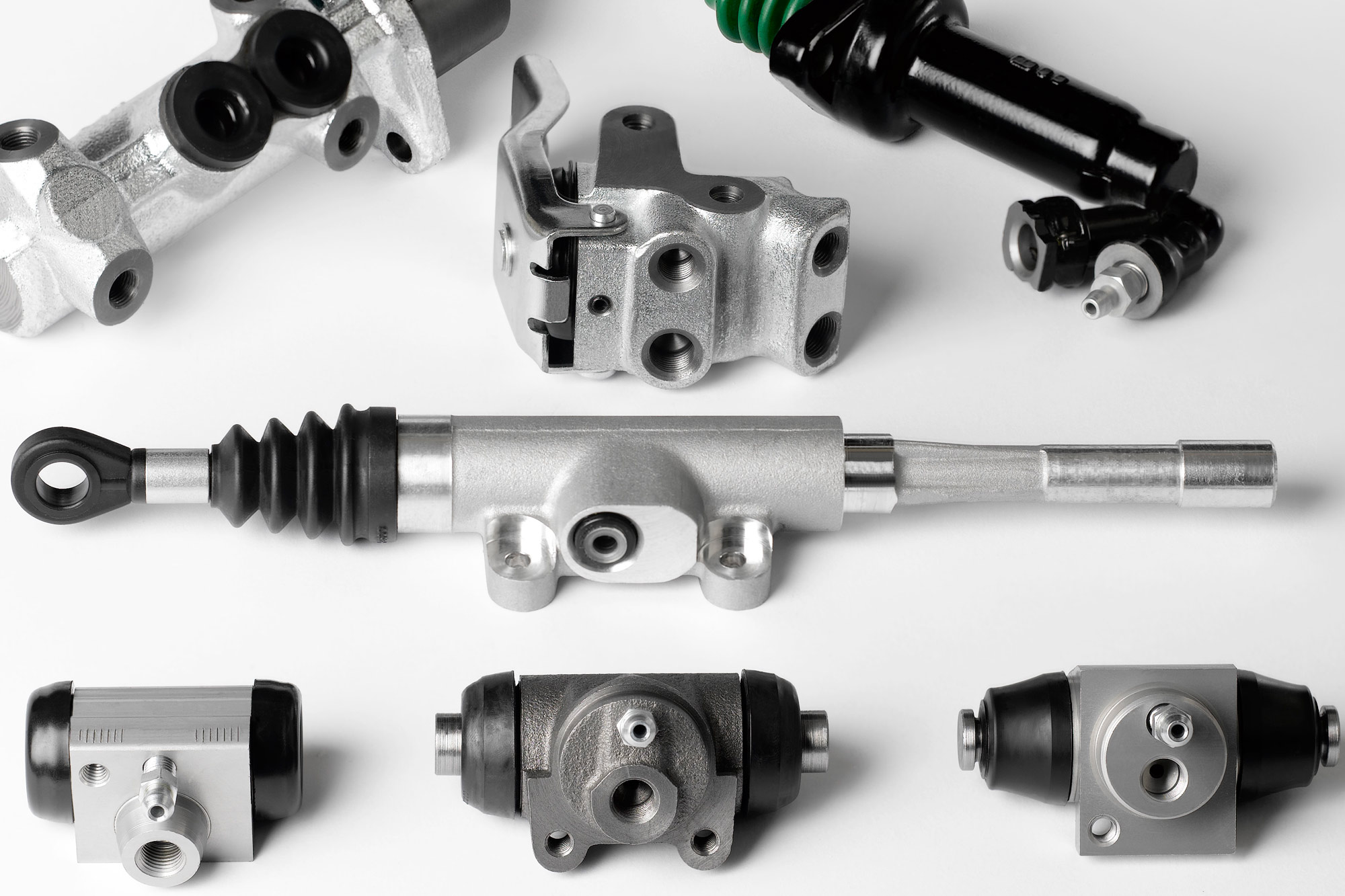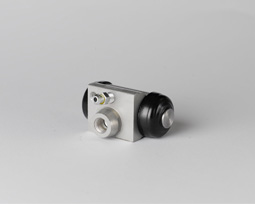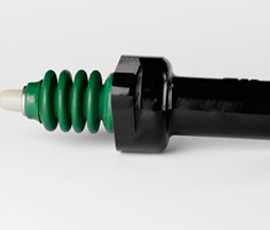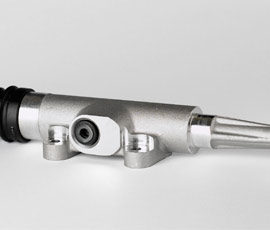Hydraulic
Nowadays most passenger cars on the road are fitted with hydraulic brake systems, made up of Master Cylinder, Wheel Cylinders and Pressure Regulator Valves.
Master cylinder
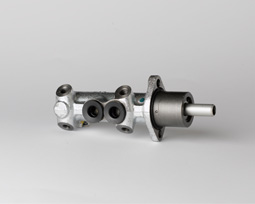 In the hydraulic brake systems, the driver’s braking effort is transmitted using fluid under pressure which is conveyed by a Master Cylinder, to the brake cylinders (brake drums system) or the brake calipers (brake disc system).
In the hydraulic brake systems, the driver’s braking effort is transmitted using fluid under pressure which is conveyed by a Master Cylinder, to the brake cylinders (brake drums system) or the brake calipers (brake disc system).
The brake pump is therefore the most crucial component of the hydraulic circuit so it must meet the highest standards of reliability and quality, and be able to withstand high mechanical stress levels.
Wheel cylinder
The hydraulic pressure built up in the brake pump is transmitted to the Wheel Cylinders. Hydraulic pressure forces the two pistons of the Wheel Cylinder to push the shoes against the internal part of the drum. Clearance between the shoe and the drum is adjusted automatically.
Preasssure regulator valves
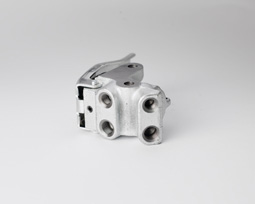 For optimal braking, the wheels must never be completely immobilized. During braking, load is transferred from rear axis to front of the vehicle, Braking Regulator reduce stress on the front axis. Since the maximum braking force the braking effort applied to the front and rear axes, must not be equal.
For optimal braking, the wheels must never be completely immobilized. During braking, load is transferred from rear axis to front of the vehicle, Braking Regulator reduce stress on the front axis. Since the maximum braking force the braking effort applied to the front and rear axes, must not be equal.
The two types of modern braking correction systems – load reducers and compensators – provide results that are sufficiently close to optimal braking conditions.
Clutch Hydraulics
When they appeared, hydraulic clutch systems marked an important milestone for the automotive industry.
The sensitivity and performance of the new system which provided almost optimal results, allowed for a smooth, gradually accelerating, and generally pleasant drive.
Since the frame was hydraulically linked to the gearbox by a flexible hose under pressure, the issue of unwanted vibrations did not even arise. Moreover, hydraulic clutch systems are de rigueur whenever the cable clutch alternative proves problematic.
